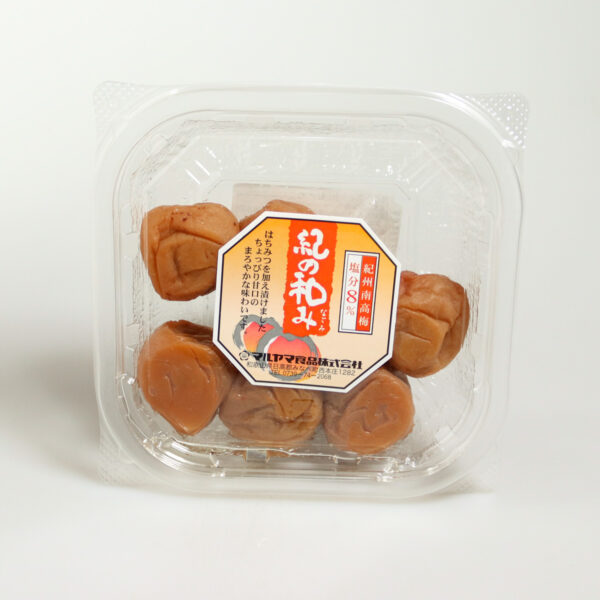Tsukemono
Showing all 5 results
Products
-
Umeboshi Plums (5%) Marinated in Honey
Producteur : Maruyama 11.50 € Add to basket -
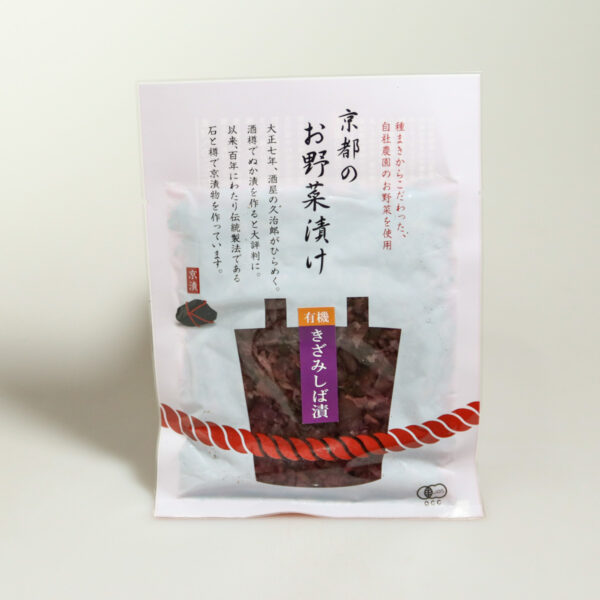
Sweet Cucumber and Eggplant Tsukemono
5.50 € Add to basket -
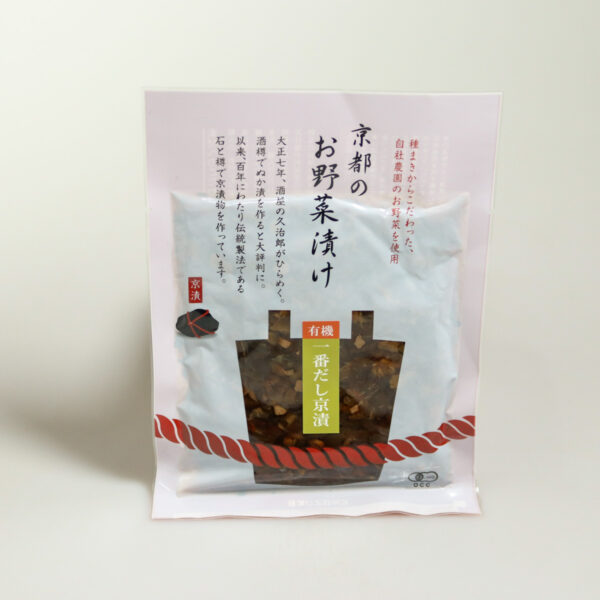
Traditional Cucumber and Eggplant Tsukemono
5.50 € Add to basket -
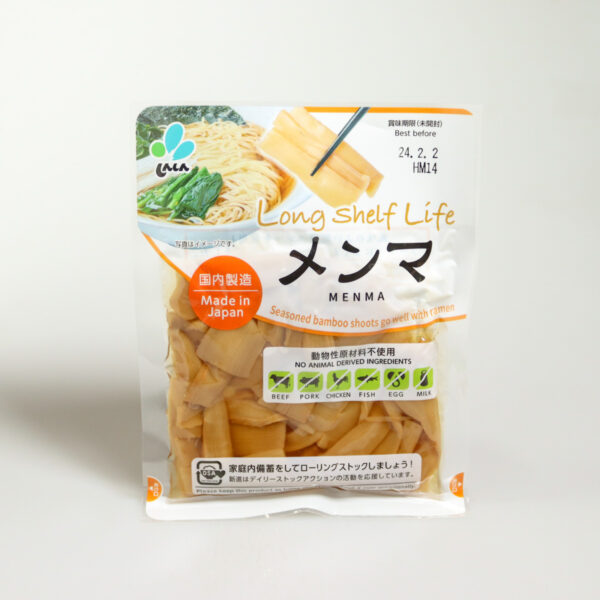
Pickled Bamboo Slices for Ramen
Producteur : Shin-Shin 4.50 € Add to basket -
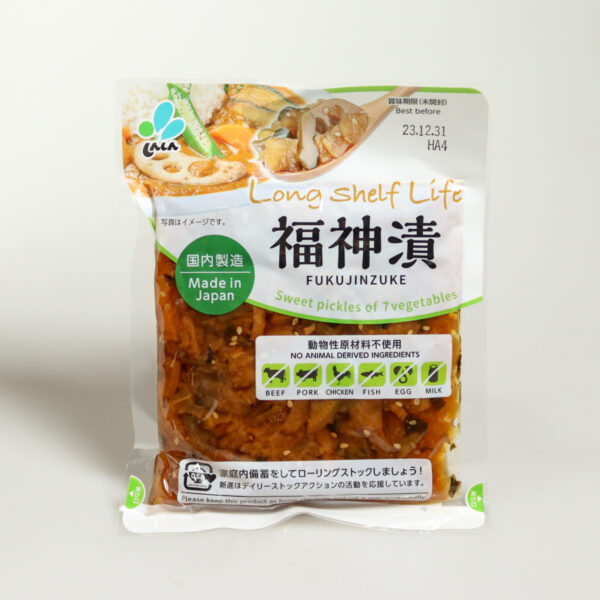
Lotus Root and Radish Tsukemono
Producteur : Shin-Shin 4.50 € Add to basket
Tsukemono is a Japanese condiment based on pickled vegetables or fruit and is found in most traditional Japanese dishes.
The vegetables are preserved in various solutions such as salt, soy sauce, fermented rice, rice vinegar or miso, giving them unique flavours and textures.
Tsukemono is served in small quantities with main courses, rice or soups, and is appreciated for its flavour, colour and crunchy texture.
One seasoning, many recipes
The most popular types of tsukemono include
- Asazuke: This is a quick marinade, often made from vegetables such as cucumber, cabbage or daikon, marinated in salt, vinegar or soy sauce for a short period of time, usually from a few hours to a day.
- Shiozuke: This tsukemono is prepared using salt to marinate vegetables such as umeboshi (pickled Japanese plum) or takuan (pickled daikon radish). The marinating time can vary from a few hours to several months, depending on the vegetable and the desired level of saltiness.
- Nukazuke: Nukazuke is tsukemono fermented in a mixture of rice bran (nuka), salt and vegetables. Vegetables such as cucumber, cabbage or aubergine are immersed in this mixture, where they ferment for a few days to several weeks. Nukazuke has a slightly sour taste and is rich in probiotics.
- Misozuke: In this type of tsukemono, vegetables are marinated in a miso paste, sometimes mixed with sake, sugar or mirin for a milder flavour. Vegetables commonly used for misozuke include eggplant, daikon and tofu.
- Kasuzuke: Vegetables or fruit are marinated in a mixture of kasu (sake dregs), sugar and salt. This method is often used to prepare fish or fruit tsukemono, such as yuzu (Japanese citrus fruit).
- Satozuke: This tsukemono uses a sugar and vinegar-based marinade to preserve vegetables or fruit. Ingredients commonly used in satozuke are plums, cherries and cherry blossoms.
An essential part of Japanese cuisine
As well as adding a touch of flavour and colour to a meal, tsukemono is good for your health thanks to its fibre content, natural probiotics and antioxidants. This seasoning is an essential ingredient in Japanese cuisine, reflecting the diversity of flavours and aromas that this cuisine has to offer.
.png)
